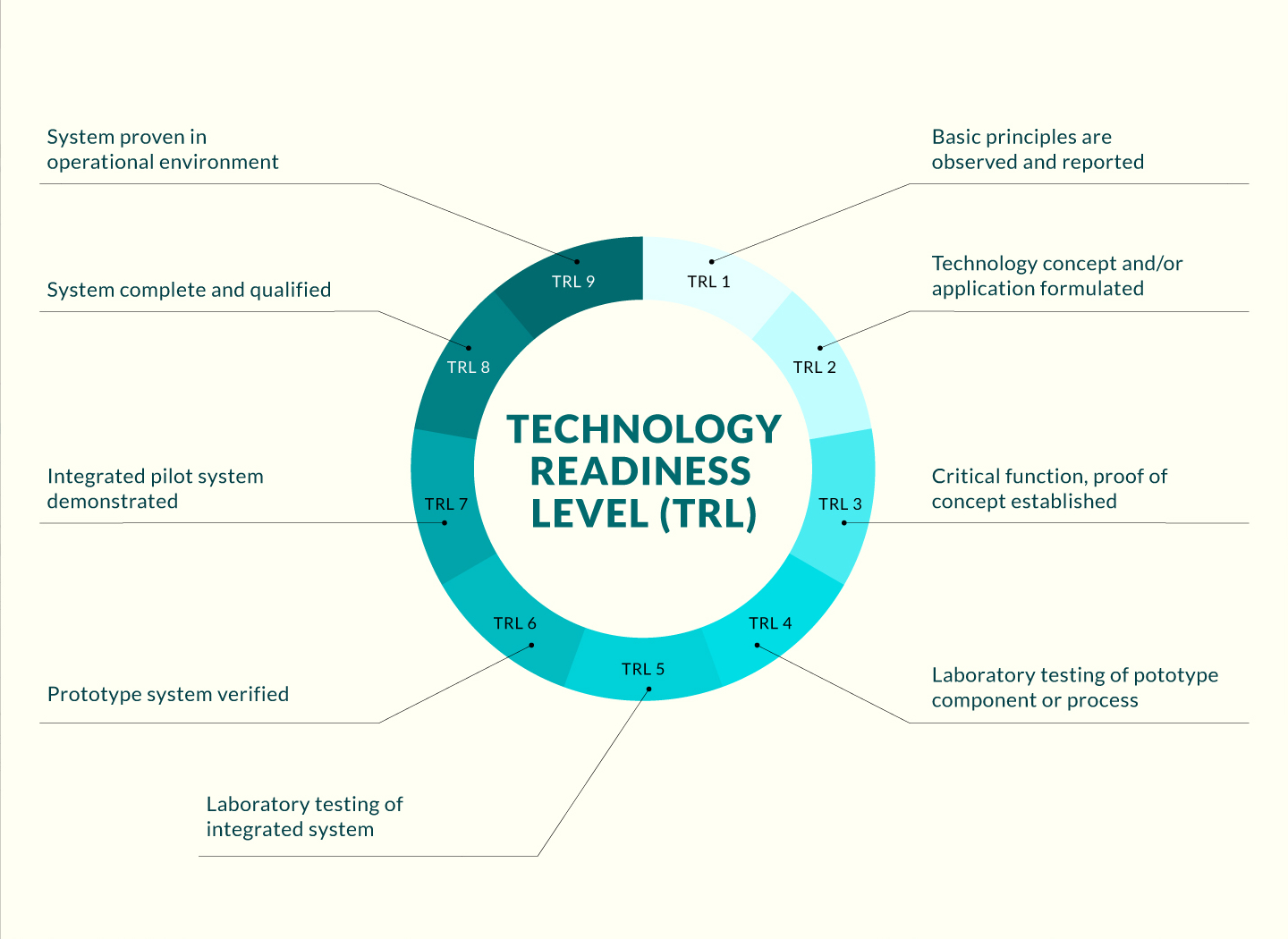


Opportunity
The next generation of wearable devices could evolve into the format of skin-like electronics for direct integration with human skin. Thermal management plays a significant role in electronics, especially for the emerging wearable and skin electronics, as the level of integration, multifunction and miniaturization of such electronics is determined by thermal management. Long-duration operation of electronic devices at high temperatures could lead to the deterioration of their electrical performance, shortened lifetime, and even the risk of skin burning, especially for those electronics with high power consumption and intense component integrations. Current technologies utilize thermal conduction and convection to dissipate accumulated Joule heat. However, they suffer from the hurdles of weight, dimension, portability, and flexibility when applied in wearable electronics. Therefore, the investigation of novel heat dissipation in skin electronics becomes urgent to further improving their performance and integration capacity as well as opening up new applications.
Technology
We invented a generic thermal management strategy by using an ultra-thin, soft, radiative-cooling interface (USRI), which allows to cool down the temperature in skin electronics through both radiative and non-radiative heat transfer, achieving temperature reduction greater than 56 °C. The USRI is a micrometer-thick polymeric coating layer that exhibits near-unit infrared emittance and high solar reflectance as well as robust mechanical flexibility. Importantly, the light and intrinsically flexible nature of the USRI enables its use as a conformable sealing layer and hence can be readily integrated with skin electronics. With the efficient passive cooling capacity and the sophisticated non-radiative thermal design, the performance of the skin electronics, including the efficiency of wireless power transfer to light-emitting devices (LEDs) and the sensing signal stability under environmental obstructions (sunlight, hot wind and water), are significantly improved.
Advantages
- High passive cooling performance
- Anti ambient interference
- Wearable and stretchable
- Enhance electronic performance
- Easily integration with electronics
Applications
- Healthcare and medical field
- Gaming and entertainment
- Workforce development and training
- Artificial intelligence
- Metaverse




